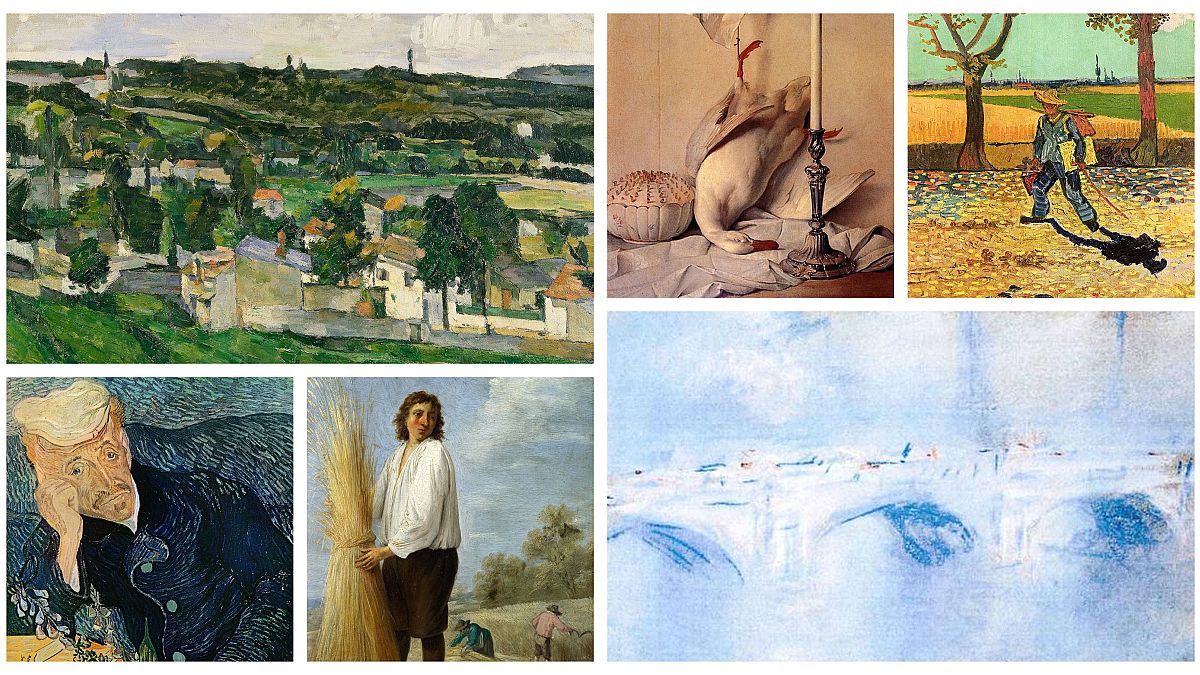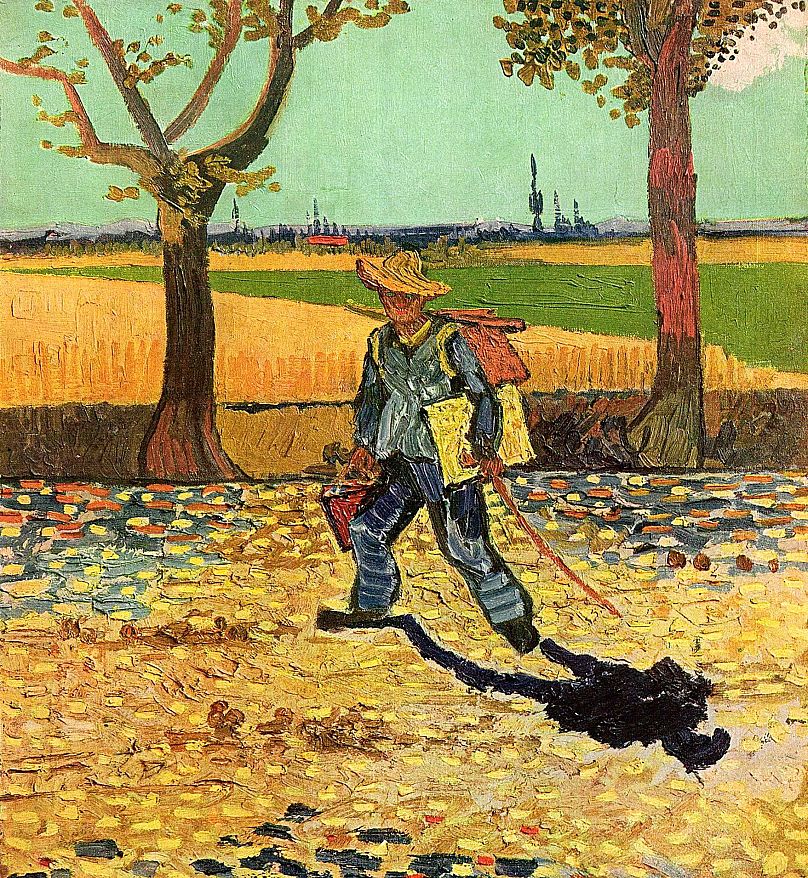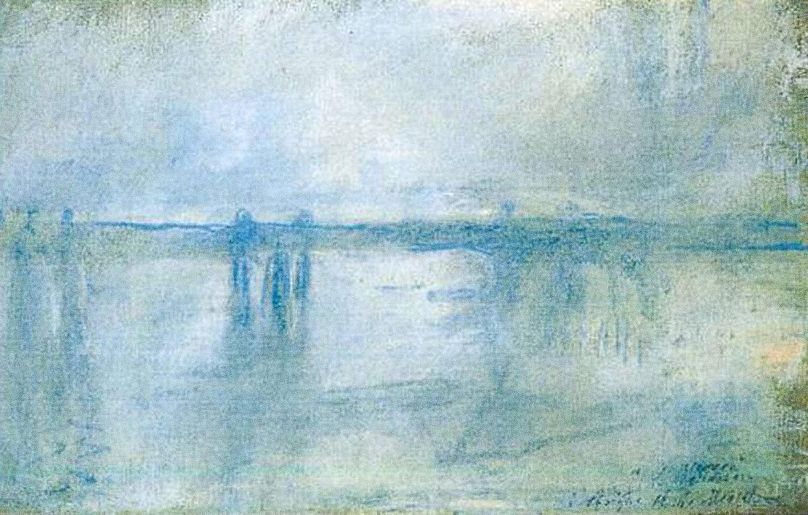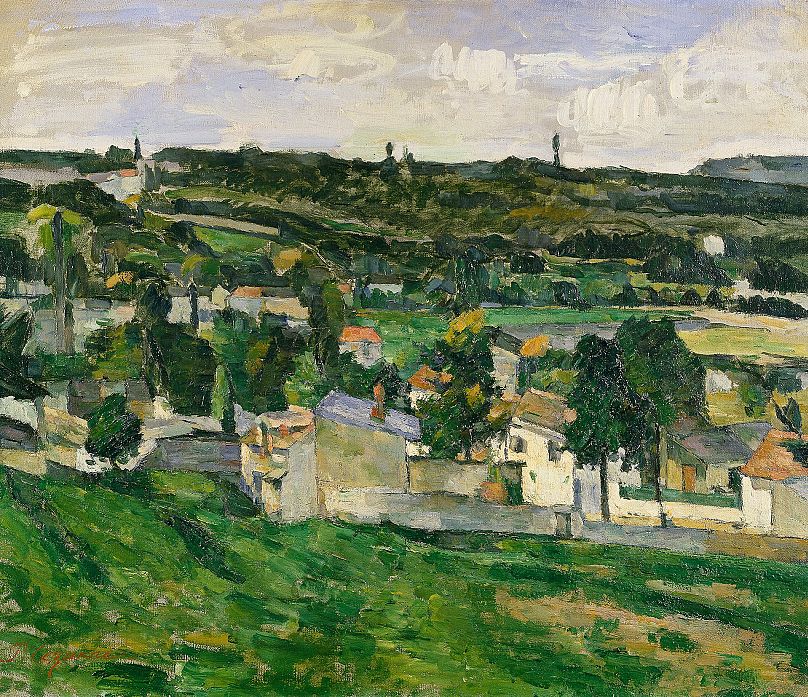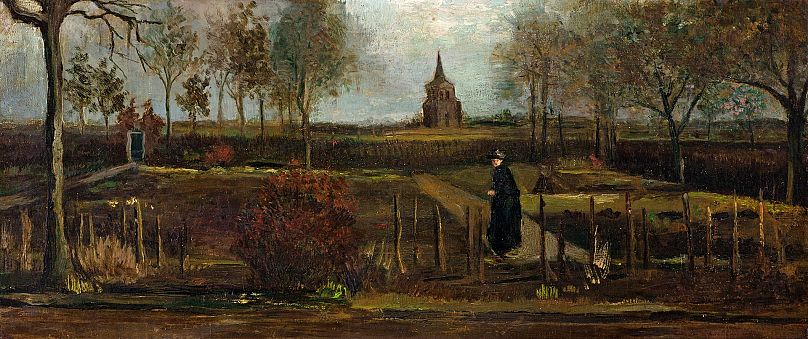With many galleries and museums across the world shutting their doors in the wake of the coronavirus pandemic, some of the most famous looted pieces of art can now steal back some of the limelight.
From Vincent van Gogh, Paul Cézanne and Claude Monet, some of history’s foremost artists have had their works targeted - and it turns out there is actually a benefit to the status of a painting that has been stolen.
“This is probably the best thing that can happen to a work of art in terms of its prestige factor,” said Dr Noah Charney, an art crime expert and the exhibition’s curator.
He told Euronews “we saw this most famously with the Mona Lisa theft” of 1911.
Vincent van Gogh’s masterpiece was stolen from the Louvre in Paris, and, while it was a treasured part of the collection, it wasn’t until the theft and subsequent return that it became possibly the most famous piece of art in the world.
“It skyrocketed this painting,” he said.
“We see this with works of art by artists who we might not otherwise have encountered, suddenly make international headlines because their work was valuable enough to be stolen.”
A digital exhibition is putting missing masterpieces on show, highlighting their incredible stories and the stark reality behind the illicit trade in famous artworks.
With many galleries and museums across the world shutting their doors in the wake of the coronavirus pandemic, some of the most famous looted pieces of art can now steal back some of the limelight.
Once a famous work of art has been stolen, it is not an easy thing to sell it for the large sum of money it would be worth.
Criminals are under the impression that they can find a mega-rich criminal art collector to sell their stolen goods to, Charney explained, but then they discover this is not the reality.
Instead, they use them as collateral or to barter, in a “system of closed deals with other criminal groups” where it is exchanged for a loan or other illicit goods such as drugs or weapons.
Like many vocations today, that of art thievery has been dealt a hit by the coronavirus pandemic.
“The word on the street is that criminals don’t want to get sick, so they’re observing lockdown protocols as well,” said Charney.
“They also don’t want to be nabbed on their way to do something they shouldn’t be doing” with police patrols and curfews in place across much of the world.
Artworks are also largely locked away now and they are actually most vulnerable to theft when they are on display for the public, according to Charney.
The Samsung Missing Masterpieces exhibition is made up of 12 works of art.
